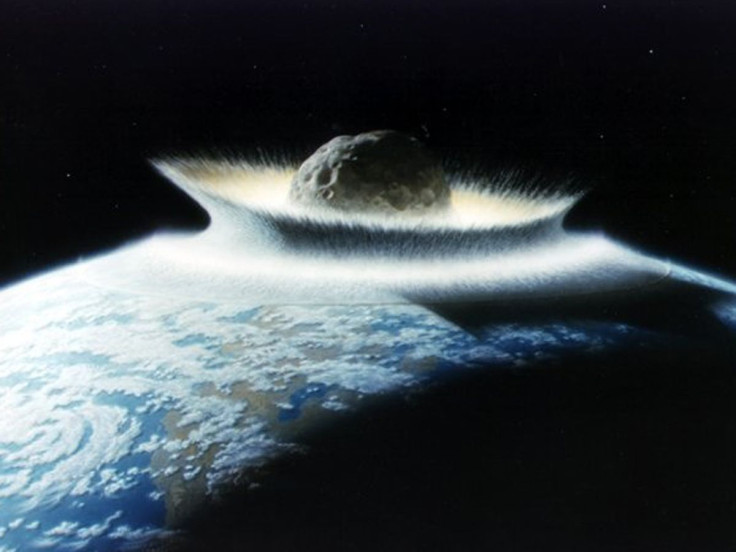ESA Detects 6,562-Foot Killer Asteroid That Could Wipe Out Earth By 2880

The European Space Agency (ESA) is currently monitoring a massive planet-killer asteroid that has a chance of colliding with Earth. Due to the danger posed by the asteroid, it has been included in the agency’s Special Risk List.
The dangerous asteroid has been identified as 29075 1950DA. According to the ESA’s database, the asteroid is currently traveling at a speed of 40,000 miles per hour and has a diameter of around 6,562 feet. Due to its massive size, this asteroid can create a crater with a diameter of about 17 miles if it collides with Earth.
The ESA predicted that 29075 1950DA will approach Earth on March 2, 2032. During its flyby, the asteroid will be about 0.07575 astronomical units or roughly 7 million miles from the planet’s center.
Since the asteroid will be passing by Earth from a very safe distance, the ESA is not concerned about 29075 1950DA’s approach in 2032. However, the ESA is particularly worried about the asteroid’s future flyby.
According to the space agency, the asteroid might collide with Earth on March 16, 2880. As noted by the ESA, the asteroid’s chances of hitting the planet are one out of 7,042. 29075 as 1950DA’s possible collision with Earth depends on various factors. One of these is a gravitational keyhole.
In space, there are certain regions that are heavily affected by the gravitational pull of a nearby planet, which are known as keyholes. If 29075 1950DA passes through a keyhole, the gravitational pull could significantly alter the asteroid’s trajectory and send it to a direct collision course with the planet.
Aside from gravitational keyholes, another factor that can affect an asteroid’s flight path is the Yarkovsky effect. This occurs when heat from various sources such as sunlight alters the spin of an asteroid. Once this happens, the asteroid’s path could change.
Fortunately, since the asteroid isn’t expected to hit Earth anytime soon, the ESA and other space agencies such as NASA still have time to do something to prevent it from colliding with the planet. One of the proposed solutions against an asteroid impact is hitting it with a spacecraft to change its trajectory.
© Copyright IBTimes 2024. All rights reserved.





















